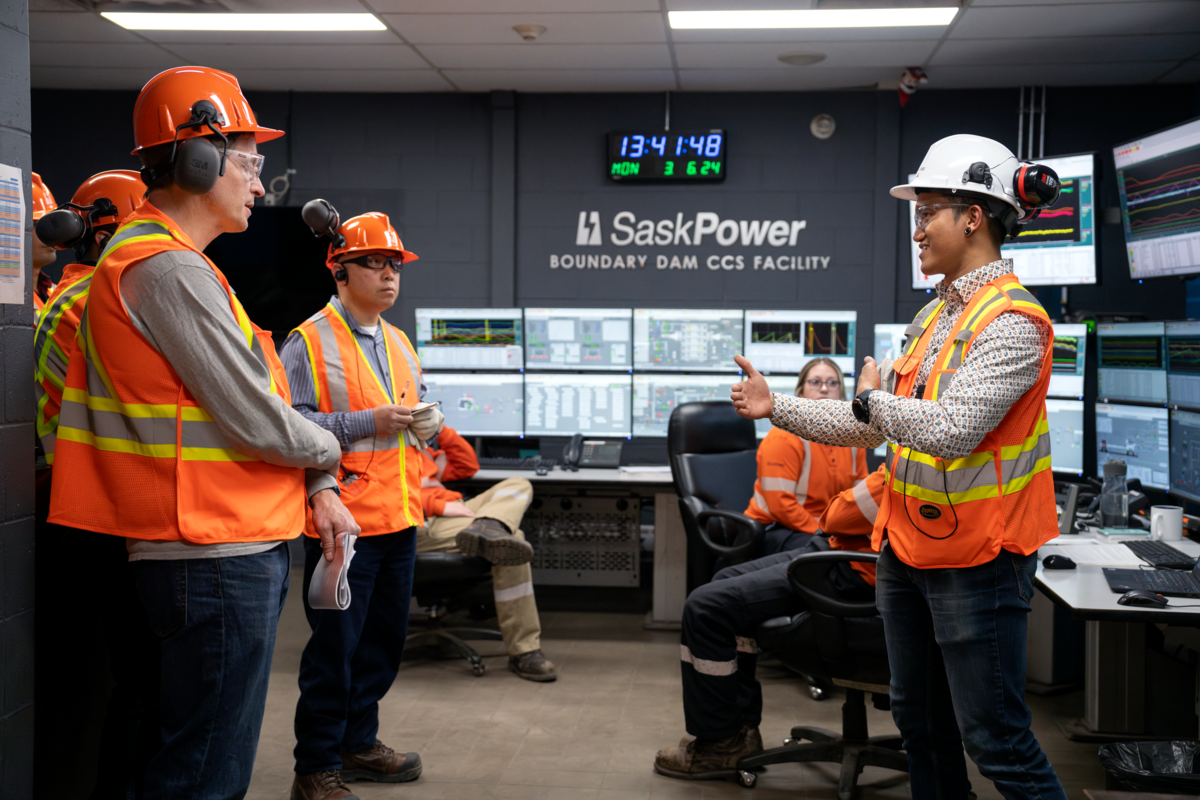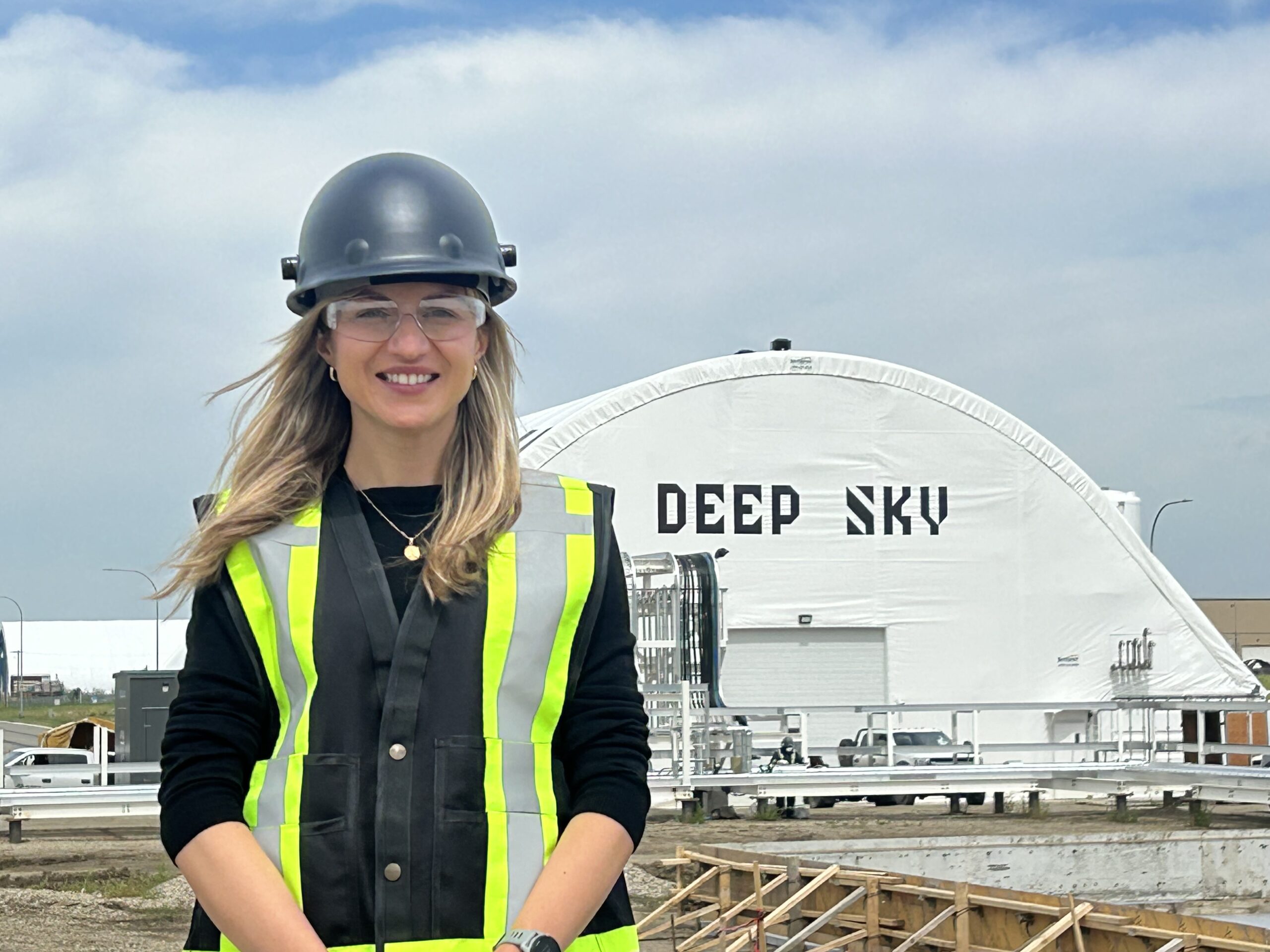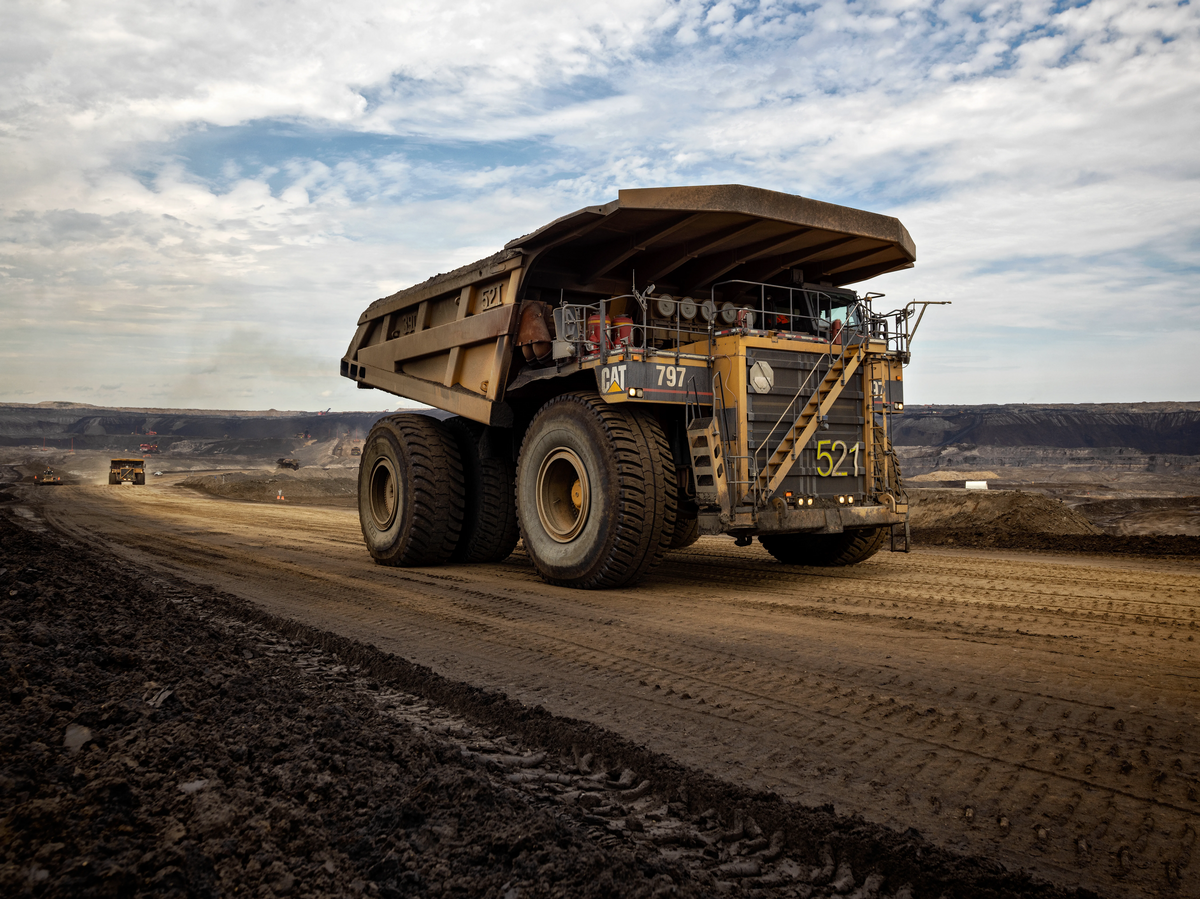Knowledge sharing at the Boundary Dam carbon capture and storage project
January 8, 2025

SaskPower Boundary Dam CCS Facility for representatives from Pathways Alliance member companies.
The International Energy Agency recognizes that CCS is an important technology to help reduce CO₂ emissions in the energy sector. And when it comes to implementing large-scale projects like this, practical knowledge is key. To help share information and lessons learned on CCS deployment, 30 participants from Pathways Alliance’s member companies toured the SaskPower Boundary Dam CCS project in Estevan, Saskatchewan last year.
Hosted by the International CCS Knowledge Centre, participants were able to tour the full-scale plant and engage with staff from SaskPower, the facility’s operators.
“Boundary Dam is the first commercial-scale, coal-fired power station in the world to successfully integrate carbon capture technology into its operations,” says Patit Pradoo, Process Specialist at the International CCS Knowledge Centre. “The facility is notable for its full-chain capabilities from post-combustion, through to capture, transport and storage.”
There’s no shortage of CCS expertise in Canada. The oil and gas industry has been a leader in carbon capture, with CCS projects in operation across Alberta and Saskatchewan, demonstrating the technology can be safe, effective, and economically feasible. Take for example, the Quest Carbon Capture and Storage facility, which has captured and permanently stored 7.7 million tonnes of CO2 between 2015 and 2022.
CCS projects and studies are also underway at Pathways member companies. From pilot projects and feasibility studies through to pre-FEED and full-scale operations, members are working to further the technology. Collectively, Pathways Alliance members are also working on a proposed carbon capture and storage network.
“The Boundary Dam tour is one of the ways we’re building on the expertise that already exists within our member companies,” says Lincol Lin, Technical Advisor with Pathways Alliance.
Among the tour participants was Joyce Guo, Supply Chain Manager for oil sands decarbonization projects at Suncor. Having worked in supply chain for over 20 years, Joyce says seeing the facility in person was a great learning opportunity.
“The tour was a great way to see the plant with my own eyes and to think through some of the complexities of full-scale operations,” says Joyce. “Hearing from the experts helped me consider things like global sourcing, project economics, and scale of equipment and materials, and how these could apply to Suncor’s CCS projects. It was helpful being able to ask questions and gain practical knowledge from the Boundary Dam team.”
So too for Dipa Hasan, Decarbonization Manager at MEG Energy, the tour was an opportunity to gain knowledge from the SaskPower and CCS Knowledge Center experts.
“CCS is a decarbonization technology with a high technology readiness level that can be deployed at full scale in the near term, and therefore is of great interest to the industry,” says Dipa. “Pathways has created a collaborative environment to facilitate knowledge sharing to help support and accelerate our deployment, and in particular, the knowledge sharing from the Boundary Dam project has been an excellent example of that.”
As for Pathways’ proposed CO2 transportation network, as engineering progresses, we’re working with governments to obtain sufficient levels of fiscal support and required regulatory approvals that will be necessary to make this project a reality. In 2024, Canadian Natural, on behalf of the members, began filing the regulatory applications for the project.


